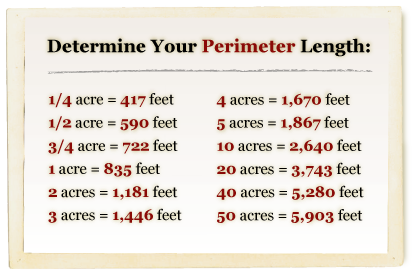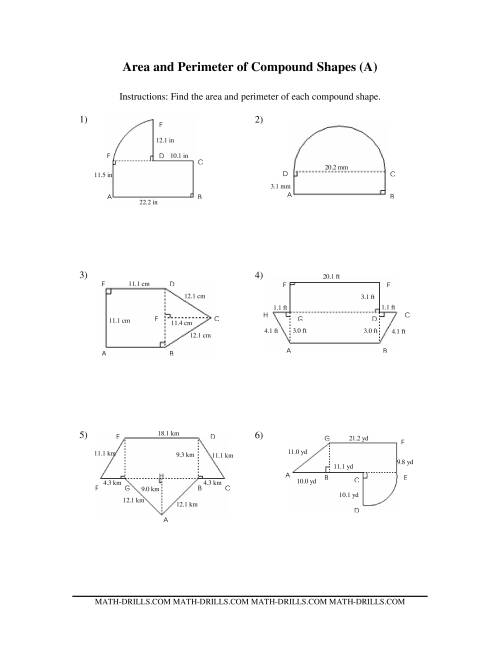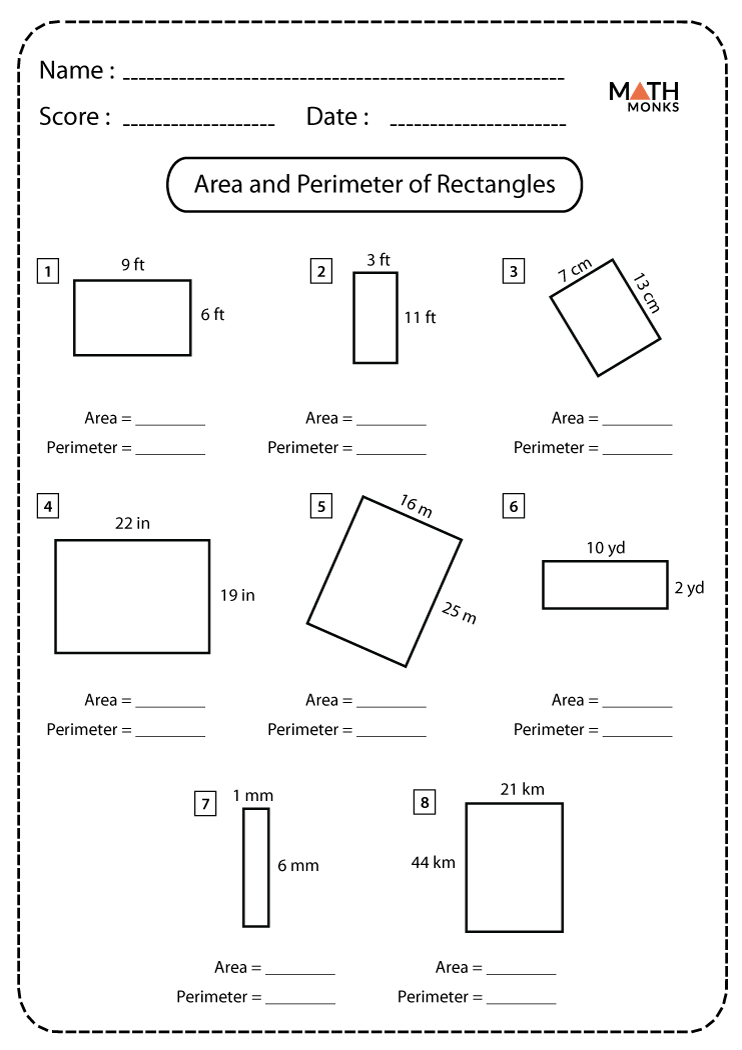Topic what is the formula of perimeter of triangle: The formula for the perimeter of a triangle is simple yet essential in geometry. By adding the lengths of all three sides, one can determine the perimeter of any triangle. This straightforward method applies to all triangle types, whether equilateral, isosceles, or scalene. Learn how to calculate the perimeter and explore various examples in this article.
Table of Content
- Perimeter of a Triangle
- Introduction to the Perimeter of a Triangle
- Understanding the Perimeter Formula
- Calculating the Perimeter of Different Types of Triangles
- Examples and Solved Problems
- Applications of Triangle Perimeter in Real-Life
- Frequently Asked Questions (FAQs)
- YOUTUBE: Hãy xem video này để tìm hiểu cách tính chu vi của tam giác một cách đơn giản và dễ hiểu, cùng với Thầy J!
Perimeter of a Triangle
The perimeter of a triangle is the total length of its boundary, calculated by summing the lengths of its three sides.
Formula for Perimeter of a Triangle
The formula for the perimeter of a triangle is:
\[
P = a + b + c
\]
where \(a\), \(b\), and \(c\) are the lengths of the sides of the triangle.
Special Cases
- Equilateral Triangle: All sides are equal, so the perimeter is \(P = 3a\).
- Isosceles Triangle: Two sides are equal, so the perimeter is \(P = 2a + b\).
- Scalene Triangle: All sides are different, so the perimeter is \(P = a + b + c\).
Examples
Example 1: Scalene Triangle
Find the perimeter of a triangle with sides 5 cm, 4 cm, and 3 cm.
\[
P = 5 + 4 + 3 = 12 \text{ cm}
\]
Example 2: Equilateral Triangle
Find the perimeter of an equilateral triangle with each side measuring 10 cm.
\[
P = 3 \times 10 = 30 \text{ cm}
\]
Example 3: Isosceles Triangle
Find the missing side length of an isosceles triangle with a perimeter of 40 cm and two sides measuring 10 cm each.
\[
40 = 2 \times 10 + b \implies b = 20 \text{ cm}
\]
Perimeter in Real-life Applications
The concept of the perimeter is widely used in real-life applications, such as:
- Determining the length of fencing required to enclose a triangular garden.
- Calculating the ribbon length needed to wrap a triangular gift box.
- Estimating the border length for a triangular signboard.
Practice Questions
- Find the perimeter of a right triangle with sides 6 cm, 8 cm, and 10 cm.
- Calculate the perimeter of an isosceles triangle with two equal sides of 7 cm and a base of 5 cm.
- Determine the perimeter of an equilateral triangle with each side measuring 12 cm.
FAQs
What is the Perimeter of a Triangle?
The perimeter of a triangle is the total length around its three sides.
Can a Triangle Have the Same Perimeter and Area?
A triangle can have the same perimeter and area in some special cases, known as equable triangles.
What is the Perimeter of an Equilateral Triangle?
The perimeter of an equilateral triangle, where all sides are equal, is given by \(P = 3a\), where \(a\) is the length of each side.
How to Calculate the Perimeter of a Triangle?
To calculate the perimeter, simply add the lengths of all three sides: \(P = a + b + c\).
Conclusion
Understanding how to calculate the perimeter of a triangle is fundamental in geometry and useful in various practical situations.

READ MORE:
Introduction to the Perimeter of a Triangle
The perimeter of a triangle is a fundamental concept in geometry, representing the total distance around the triangle. This is calculated by summing the lengths of all three sides. Understanding the perimeter is crucial for various applications in mathematics, engineering, and real-world problem solving.
To find the perimeter of a triangle, you simply add the lengths of its three sides. The formula is:
\[
\text{Perimeter} = a + b + c
\]
where \( a \), \( b \), and \( c \) are the lengths of the sides of the triangle.
This formula applies to all types of triangles, whether they are equilateral (all sides equal), isosceles (two sides equal), or scalene (all sides different).
| Type of Triangle | Formula for Perimeter |
| Equilateral Triangle | \( 3a \) (where \( a \) is the length of one side) |
| Isosceles Triangle | \( 2a + b \) (where \( a \) is the length of the equal sides and \( b \) is the base) |
| Scalene Triangle | \( a + b + c \) |
| Right Triangle | \( a + b + \sqrt{a^2 + b^2} \) (where \( a \) and \( b \) are the legs and \(\sqrt{a^2 + b^2}\) is the hypotenuse) |
By understanding and applying these formulas, calculating the perimeter of any triangle becomes a straightforward task, aiding in various mathematical and practical endeavors.
Understanding the Perimeter Formula
The perimeter of a triangle is the total length around the boundary of the triangle. This is calculated by adding together the lengths of all three sides of the triangle. If a triangle has side lengths \( a \), \( b \), and \( c \), the formula for the perimeter \( P \) is given by:
\[ P = a + b + c \]
Let's break down this concept further:
- Equilateral Triangle: All three sides are equal. If each side length is \( a \), then the perimeter is: \[ P = 3a \]
- Isosceles Triangle: Two sides are equal. If the equal sides have length \( a \) and the base has length \( b \), then the perimeter is: \[ P = 2a + b \]
- Scalene Triangle: All three sides are of different lengths. If the sides are \( a \), \( b \), and \( c \), then the perimeter is: \[ P = a + b + c \]
- Right Triangle: One angle is 90 degrees, with sides \( a \) and \( b \) and hypotenuse \( c \). The perimeter is: \[ P = a + b + c \]
In practical terms, to find the perimeter of any triangle, you simply measure the lengths of all three sides and add them together. This measurement is crucial in various applications, such as construction, design, and geometry problems.
Here are some solved examples to illustrate:
| Example 1: | Find the perimeter of a triangle with sides 5 cm, 7 cm, and 9 cm. |
| Solution: | \[ P = 5 + 7 + 9 = 21 \text{ cm} \] |
| Example 2: | Find the perimeter of an equilateral triangle with each side 8 inches. |
| Solution: | \[ P = 3 \times 8 = 24 \text{ inches} \] |
| Example 3: | Find the perimeter of an isosceles triangle with equal sides 6 meters and base 4 meters. |
| Solution: | \[ P = 2 \times 6 + 4 = 16 \text{ meters} \] |
Calculating the Perimeter of Different Types of Triangles
The perimeter of a triangle is the sum of the lengths of its three sides. The formula for calculating the perimeter is simple but can vary slightly based on the type of triangle. Below are the steps and formulas for different types of triangles:
General Formula
For any triangle with sides \( a \), \( b \), and \( c \), the perimeter \( P \) is calculated as:
\[ P = a + b + c \]
Equilateral Triangle
An equilateral triangle has three sides of equal length. If each side is \( s \), the perimeter is:
\[ P = 3s \]
Isosceles Triangle
An isosceles triangle has two sides of equal length, denoted as \( l \), and a base \( b \). The perimeter is calculated as:
\[ P = 2l + b \]
Scalene Triangle
A scalene triangle has all sides of different lengths. The perimeter is simply the sum of its three sides:
\[ P = a + b + c \]
Right Triangle
In a right triangle, the sides include the two legs \( a \) and \( b \), and the hypotenuse \( c \). The hypotenuse can be calculated using the Pythagorean theorem:
\[ c = \sqrt{a^2 + b^2} \]
Once the hypotenuse is known, the perimeter is:
\[ P = a + b + c \]
Examples
- Equilateral Triangle: If \( s = 5 \, \text{cm} \), then \( P = 3 \times 5 = 15 \, \text{cm} \).
- Isosceles Triangle: If \( l = 7 \, \text{cm} \) and \( b = 5 \, \text{cm} \), then \( P = 2 \times 7 + 5 = 19 \, \text{cm} \).
- Scalene Triangle: If \( a = 3 \, \text{cm} \), \( b = 4 \, \text{cm} \), and \( c = 5 \, \text{cm} \), then \( P = 3 + 4 + 5 = 12 \, \text{cm} \).
- Right Triangle: If \( a = 6 \, \text{cm} \) and \( b = 8 \, \text{cm} \), then \( c = \sqrt{6^2 + 8^2} = \sqrt{36 + 64} = \sqrt{100} = 10 \, \text{cm} \). Therefore, \( P = 6 + 8 + 10 = 24 \, \text{cm} \).
Examples and Solved Problems
Understanding how to calculate the perimeter of a triangle can be solidified through practical examples. Below are various types of triangles with their perimeter calculations detailed step-by-step.
- Example 1: Equilateral Triangle
- Example 2: Isosceles Triangle
- Example 3: Scalene Triangle
- Example 4: Right Triangle
- Example 5: Isosceles Right Triangle
Find the perimeter of an equilateral triangle with each side measuring 7 inches.
Given:
\( a = 7 \) inches (each side is equal in an equilateral triangle)
Formula: \( P = a + a + a \)
Calculation: \( P = 7 + 7 + 7 = 21 \) inches
Find the perimeter of an isosceles triangle with two equal sides of 5 feet each and a base of 7 feet.
Given:
\( a = 5 \) feet (equal sides)
\( b = 7 \) feet (base)
Formula: \( P = a + a + b \)
Calculation: \( P = 5 + 5 + 7 = 17 \) feet
Find the perimeter of a scalene triangle with sides measuring 3 cm, 4 cm, and 5 cm.
Given:
\( a = 3 \) cm
\( b = 4 \) cm
\( c = 5 \) cm
Formula: \( P = a + b + c \)
Calculation: \( P = 3 + 4 + 5 = 12 \) cm
Find the perimeter of a right triangle with legs measuring 8 cm and 6 cm.
Given:
\( a = 8 \) cm (one leg)
\( b = 6 \) cm (other leg)
Use Pythagorean theorem to find hypotenuse \( c \):
\( c = \sqrt{a^2 + b^2} \)
\( c = \sqrt{8^2 + 6^2} \)
\( c = \sqrt{64 + 36} \)
\( c = \sqrt{100} = 10 \) cm
Formula: \( P = a + b + c \)
Calculation: \( P = 8 + 6 + 10 = 24 \) cm
Find the perimeter of an isosceles right triangle with legs each measuring 5 cm.
Given:
\( a = 5 \) cm (legs are equal)
Use Pythagorean theorem to find hypotenuse \( c \):
\( c = \sqrt{a^2 + a^2} \)
\( c = \sqrt{5^2 + 5^2} \)
\( c = \sqrt{25 + 25} \)
\( c = \sqrt{50} = 5\sqrt{2} \) cm
Formula: \( P = a + a + c \)
Calculation: \( P = 5 + 5 + 5\sqrt{2} \approx 5 + 5 + 7.07 \approx 17.07 \) cm

Applications of Triangle Perimeter in Real-Life
Understanding the perimeter of a triangle is essential in various real-life applications. The perimeter formula, \( P = a + b + c \), where \(a\), \(b\), and \(c\) are the sides of the triangle, helps in solving numerous practical problems.
- Construction: In construction, calculating the perimeter of triangular plots is crucial for determining the amount of materials needed for fencing or boundary marking.
- Landscaping: Landscapers use the perimeter to design garden layouts, walkways, and decorative elements, ensuring proper spacing and material usage.
- Navigation: In navigation and mapping, knowing the perimeter of triangular areas can help in plotting routes and understanding distances between landmarks.
- Art and Design: Artists and designers often work with triangular shapes and need to calculate their perimeters for framing, creating geometric patterns, and designing architectural elements.
- Sports Fields: The perimeter calculation is used in designing sports fields, especially those with triangular sections, to ensure proper dimensions and material estimates for field markings and boundaries.
These applications highlight the importance of understanding the perimeter of triangles, as it plays a vital role in various fields, from practical construction projects to creative design endeavors.
Frequently Asked Questions (FAQs)
- What is the formula for finding the perimeter of a triangle?
Hãy xem video này để tìm hiểu cách tính chu vi của tam giác một cách đơn giản và dễ hiểu, cùng với Thầy J!
Cách Tính Chu Vi Của Tam Giác | Toán với Thầy J
READ MORE:
Xem video này để biết cách tính chu vi của một tam giác và hiểu rõ hơn về công thức cần thiết.
Cách Tính Chu Vi Của Tam Giác








